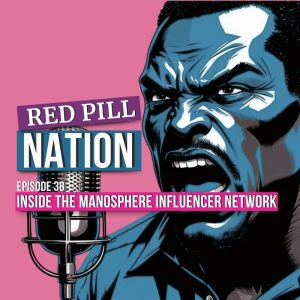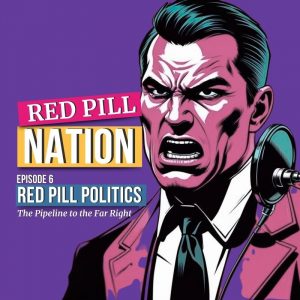I’ve been accused of victim blaming. I’ve been harassed in my comment sections, blocked more women than I ever imagined, and spent the last week defending a point that has been taken wildly out of context. So let me start here: I thought the show was brilliant. I’m thrilled it exists. My critique comes from wanting it to go even further.
My issue wasn’t with the victim, or with the story. It was that we didn’t see enough of the perpetrator’s interactions with women and girls. To understand how boys become radicalized in online Red Pill spaces, you have to watch how they treat their peers: the language, the intimidation, the subtle threats that escalate into violence. Parents don’t always see what’s happening on Instagram or Discord, but they do see behavior. Showing those moments onscreen would have given viewers critical context — the kinds of signs that might save a girl’s life.
For two decades I’ve been a woman on the internet, watching how misogyny unfolds in real time. From catcalling to DMs that turn threatening in a heartbeat, women learn to navigate interactions that can mean the difference between safety and danger. That’s why representation matters. Violence rarely begins with a knife. It begins with words, insults, entitlement. If we skip the escalation, we miss the chance to recognize it and intervene.
Critics have called me “media illiterate” for saying this — not just me, but also seasoned writers like Mellie Hamlet and Rose Hackman, whose entire careers focus on emotional labor and gender dynamics. To dismiss that perspective as stupidity isn’t just insulting, it erases the lived experience of women who know these patterns intimately.
I stand by my point: Adolescence was powerful, but it could have been even more instructive. The victim deserved humanity, and the audience deserved the tools to see how misogyny escalates. That’s not victim blaming. That’s insisting on honesty about the dangers women and girls face every day.



